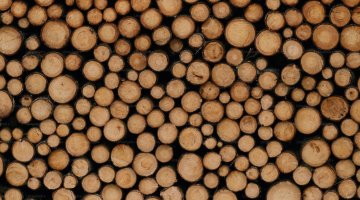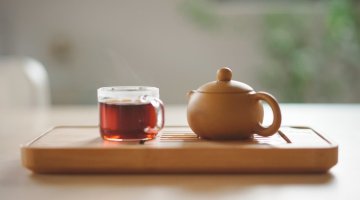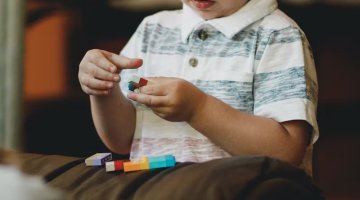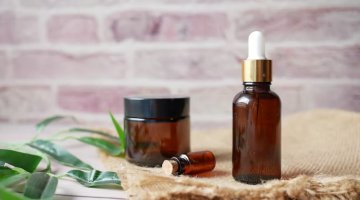Acupuncture - Traditional Chinese Treatment
Acupuncture forms part of traditional Chinese medicine. Included are Chinese herbalism, tai chi and chi kung. It is believed that traditional Chinese medicine originated around 2500BC and is one of the oldest forms of treatment. Acupuncture did not really become well known in Western countries until the 1950s, except for the few Chinese practitioners treating Chinese patients in those countries such as Britain. Today, even some orthodox physicians are trained in acupuncture and are incorporating it with western medicine and achieving great results.
Acupuncture is centered on Tao philosophy, like the other forms of Chinese medicine. It is based on the philosophy that a vital energy (force) flows along invisible channels in the body with the inseparable opposing forces of yin and yang, which govern each person. 'Yin' is a masculine, active and positive force and 'yang', a female, passive and negative force. When this energy (chi) freely flows through these invisible channels (meridians) and the yin and yang are balanced, the result is health. If the yin and yang are unbalanced and the chi is blocked, the results become noticeable in the form of illness. The purpose therefore of acupuncture is to correct these imbalances and unblock the meridians, allowing the chi to flow freely once again in the body restoring the patient to physical health. Another form of acupuncture called auricular therapy is based solely on the external ear, which contains its own acupuncture points. This type of therapy is very useful for acute conditions.
People suffering from allergies, asthma, bronchitis and other conditions may benefit by acupuncture. Acupuncture is also helpful in relieving pain. Acupuncture aids the body to release its very own pain-reliever, known as endorphins, which has effects similar to morphine. The success of the acupuncture also depends on the responsiveness of the patient. Some people seem to be more responsive than others especially children that receive treatment.
During the initial consultation the practitioner will ask questions about the patients history, the present complaint, life style, diet and exercise routines and emotional health. Skin colour, the state of the nails, eyes and tongue, body odour and careful examination of the pulse points form part of the diagnosis. The human body contains 59 meridians and about 1000 pressure points. To treat imbalances the acupuncturist will stimulate the pressure points that occur along the meridians. Inserting fine, solid needles into the skin, applying heat and fingertip pressure form part of stimulation. The points involved are usually found on the forearms, hands, feet and lower legs. Sometimes all three methods of stimulation may be used. Treatment may include recommendations on diet and exercise.
Always ensure you choose a fully trained and registered practitioner when seeking acupuncture treatment. Inform the practitioner of any orthodox treatment you may be receiving before diagnosis or treatment in acupuncture. Acupuncture is most often used in conjunction with Chinese herbalism, as it can be contraindicated with some forms of complementary therapy. Parents should always consult an acupuncturist who has had special training in the treatment of children, before embarking on a diagnosis in acupuncture. The treatment for children will consist mainly of fingertip pressure (acupressure) to the relevant acupuncture points, rather than applying the more traditional method of needles.
Michael Russell, Your Independent guide to Acupuncture
More to Read:
Previous Posts:



